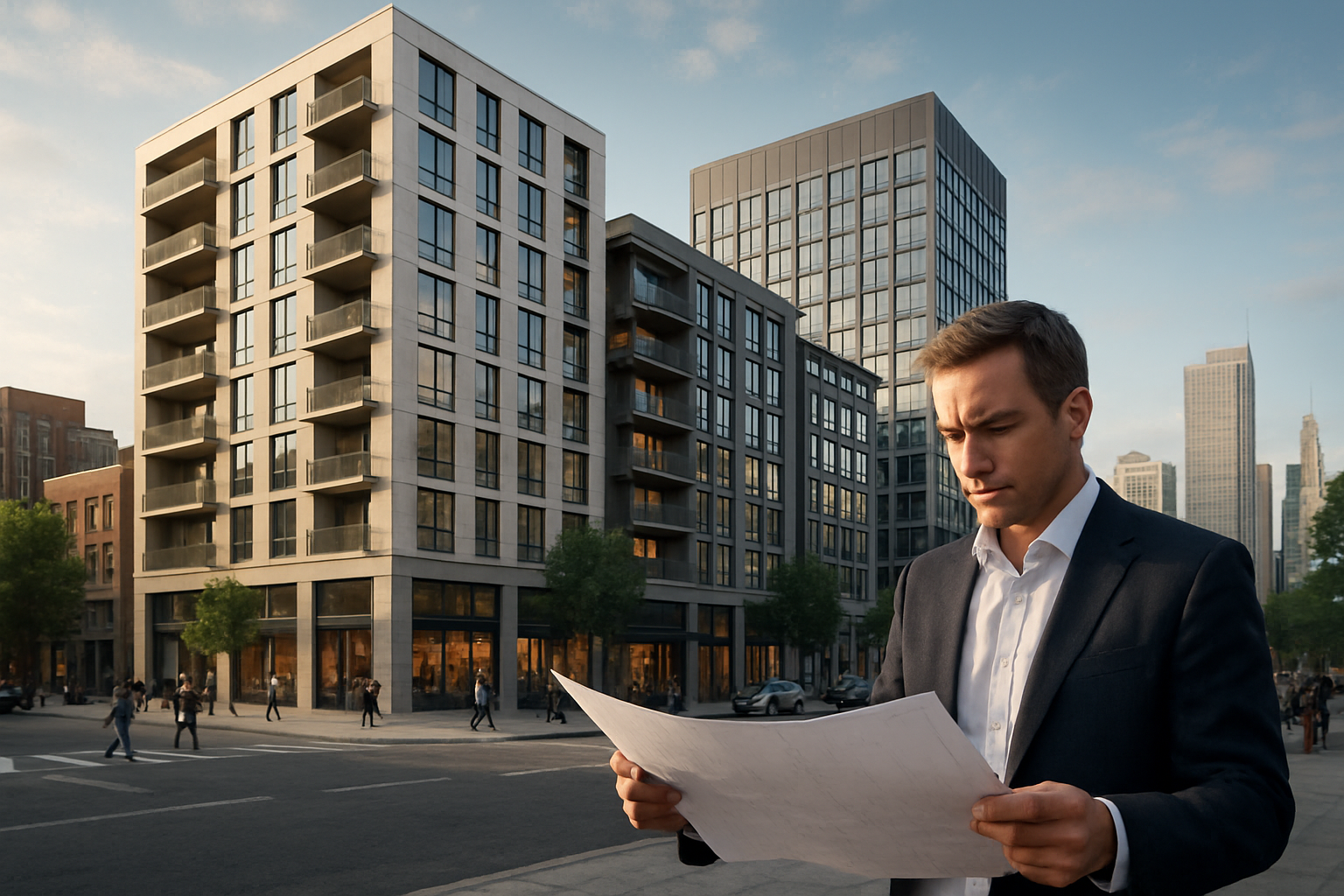Micro-Apartments: The Next Big Thing in Urban Real Estate
Introduction: In bustling metropolises where space is at a premium, a new housing trend is gaining traction: micro-apartments. These compact living spaces, typically under 400 square feet, are reshaping urban real estate markets. With 54% of the world's population now residing in cities, these efficient dwellings offer a solution to housing shortages and affordability concerns. But what's driving this shift, and how is it impacting the real estate landscape?

Historically, the idea of micro-living can be traced back to the early 20th century, with examples like Le Corbusier’s Unité d’Habitation showcasing innovative approaches to compact urban living. However, the current micro-apartment movement is driven by modern challenges: soaring urban populations, rising housing costs, and a desire for sustainable living solutions.
Economic Drivers and Market Demand
The economics behind micro-apartments are compelling for both developers and residents. For developers, these units allow for higher density projects, maximizing returns on expensive urban land. In cities like New York or San Francisco, where land costs can exceed $1,000 per square foot, micro-units enable developers to create more affordable housing options while maintaining profitability.
For residents, micro-apartments offer an opportunity to live in desirable neighborhoods at a fraction of the cost of traditional apartments. In Seattle, for instance, micro-units can rent for 20-30% less than conventional studios in the same area. This affordability factor is particularly attractive to millennials and Gen Z, who often prioritize experiences and location over living space.
Design Innovations in Micro-Spaces
Designing functional and comfortable micro-apartments requires innovative approaches to spatial planning and interior design. Architects and designers are pushing boundaries, creating multi-functional spaces that maximize every square inch. Fold-away beds, convertible furniture, and built-in storage solutions are staples in these compact dwellings.
Smart home technology plays a crucial role in enhancing the livability of micro-apartments. From voice-activated controls to automated storage systems, technology is helping to create more efficient and adaptable living environments. Some developments are even incorporating communal spaces like rooftop gardens, co-working areas, and shared kitchens to complement the compact private units.
Regulatory Challenges and Urban Planning
The proliferation of micro-apartments hasn’t been without challenges. Many cities are grappling with how to regulate these units, balancing the need for affordable housing with concerns about livability standards. Minimum size requirements, building codes, and zoning laws are being reevaluated in light of this trend.
In New York City, for example, the minimum apartment size was temporarily waived for a micro-unit pilot project, allowing for units as small as 260 square feet. This experiment has sparked debates about long-term implications for urban living standards and community dynamics. Urban planners are closely watching these developments, considering how micro-apartments might reshape city landscapes and infrastructure needs.
Investment Potential and Market Outlook
For real estate investors, micro-apartments present an intriguing opportunity. The high demand for affordable urban housing, coupled with the potential for higher rental yields per square foot, makes these units attractive investments. In some markets, micro-apartments have shown cap rates 50 to 100 basis points higher than traditional apartments.
However, investors should be aware of potential risks. The novelty of micro-living means long-term market performance is still uncertain. There are concerns about the resale value of these units and their ability to withstand changing demographic trends. Additionally, as more micro-apartments enter the market, there’s a risk of saturation in some areas.
Impact on Urban Demographics and Lifestyle
The rise of micro-apartments is not just changing real estate markets; it’s influencing urban demographics and lifestyles. These units are attracting a diverse mix of residents, from young professionals to empty nesters, creating more dynamic urban neighborhoods. The emphasis on communal spaces in many micro-apartment developments is fostering new forms of community interaction and social networking.
This trend is also contributing to the broader conversation about sustainable urban living. By maximizing space efficiency and promoting a minimalist lifestyle, micro-apartments align with growing environmental consciousness among urban dwellers. Some cities are viewing micro-housing as a tool to combat urban sprawl and reduce carbon footprints.
Future Prospects and Global Trends
As urbanization continues to accelerate globally, the micro-apartment trend is likely to expand beyond current hotspots. Emerging markets in Asia and Africa, facing rapid urban growth, may find micro-housing solutions particularly relevant. In more mature markets, the concept may evolve to include more diverse housing typologies and mixed-use developments.
The COVID-19 pandemic has raised questions about the future of dense urban living, including micro-apartments. While some predict a shift away from compact city dwellings, others argue that the affordability and central locations of micro-units will maintain their appeal, especially as remote work becomes more prevalent.
In conclusion, micro-apartments represent a significant shift in urban real estate, offering solutions to housing affordability and density challenges. As this trend evolves, it will continue to shape city landscapes, influence lifestyle choices, and present new opportunities and challenges for real estate professionals, urban planners, and investors alike. The future of urban living may well be small in size but big in impact.





